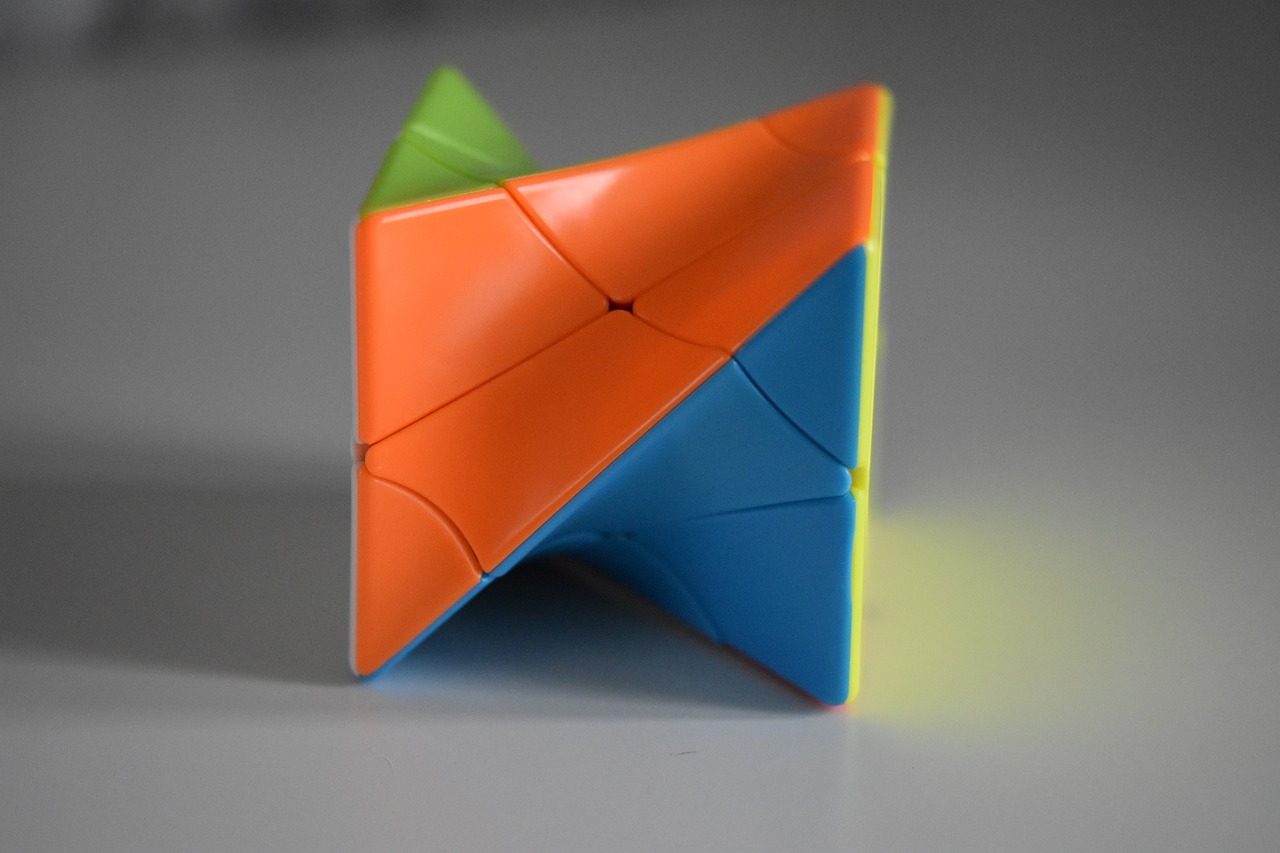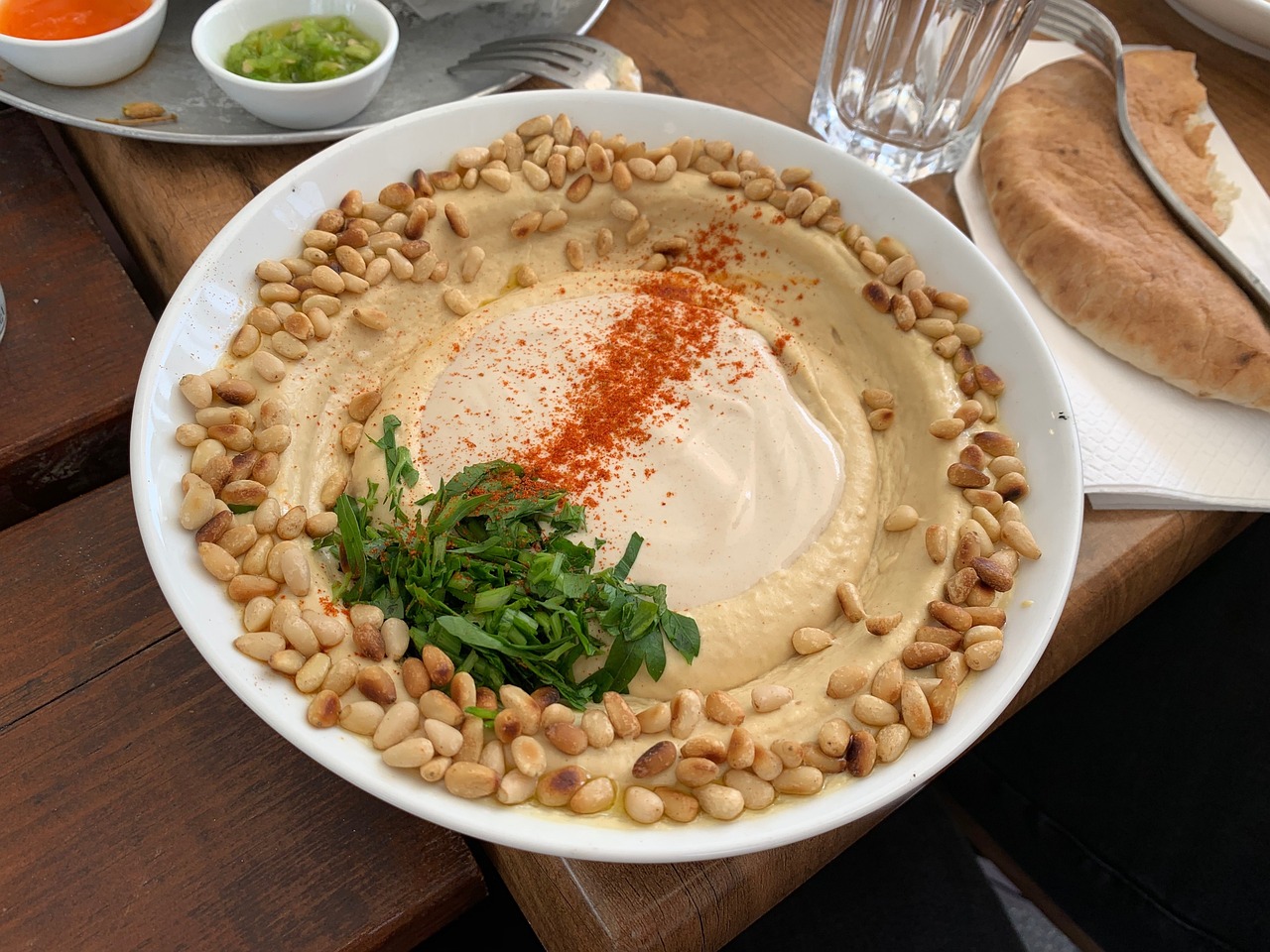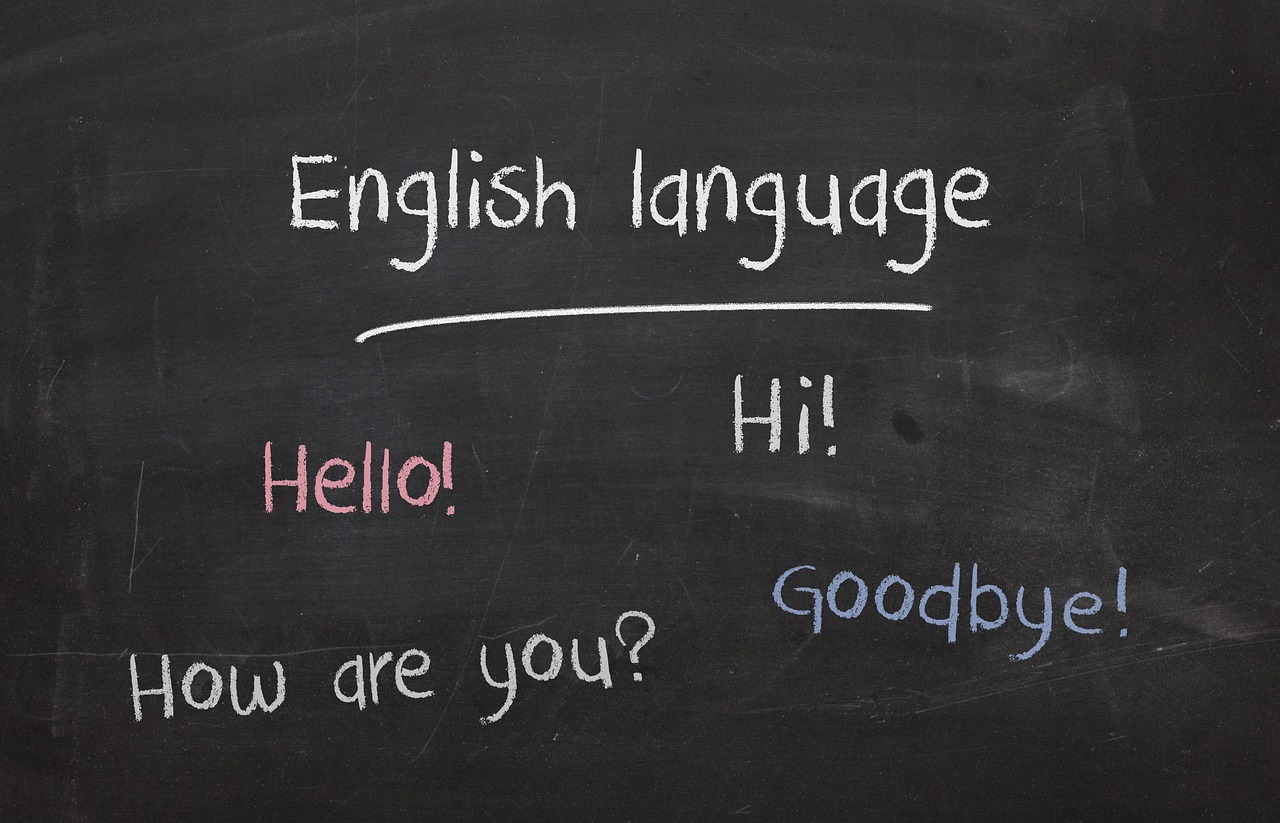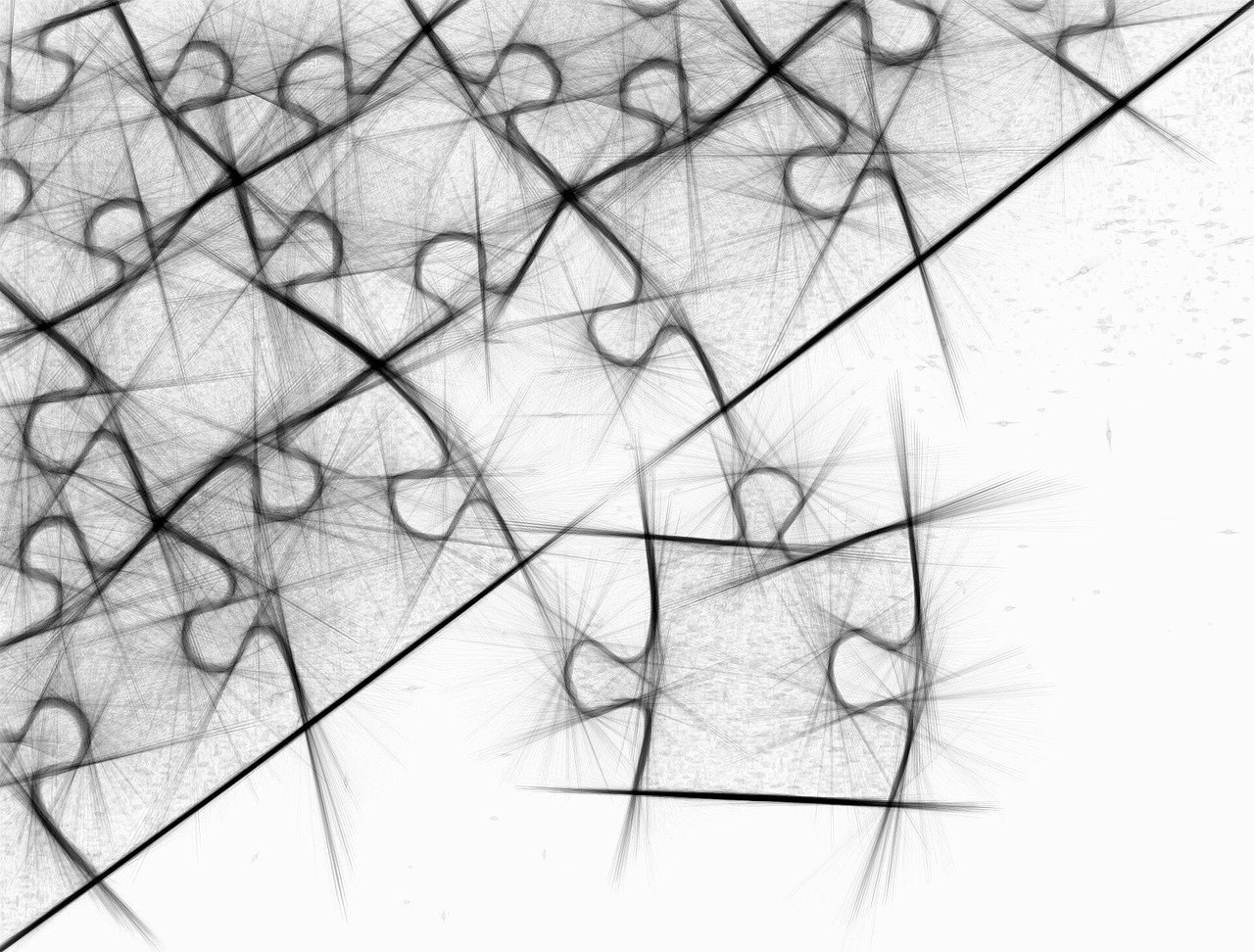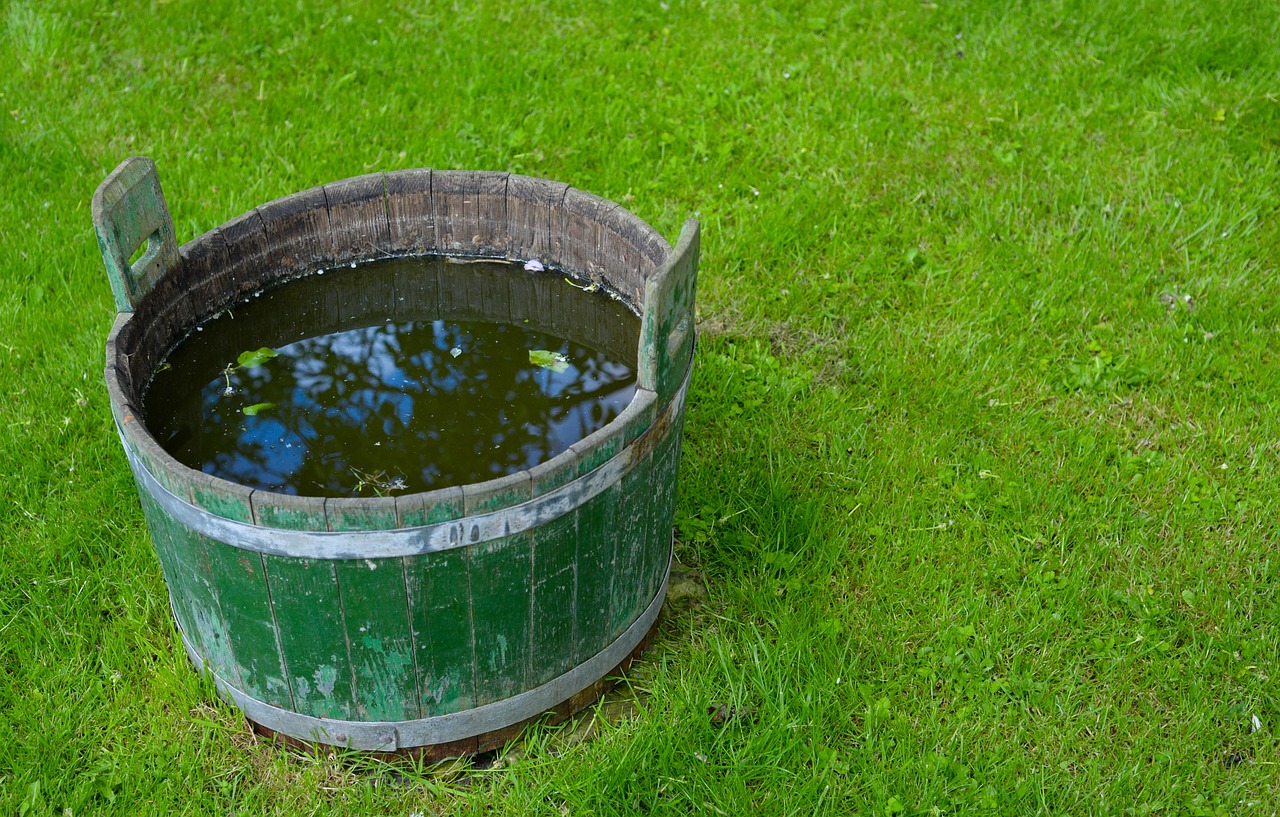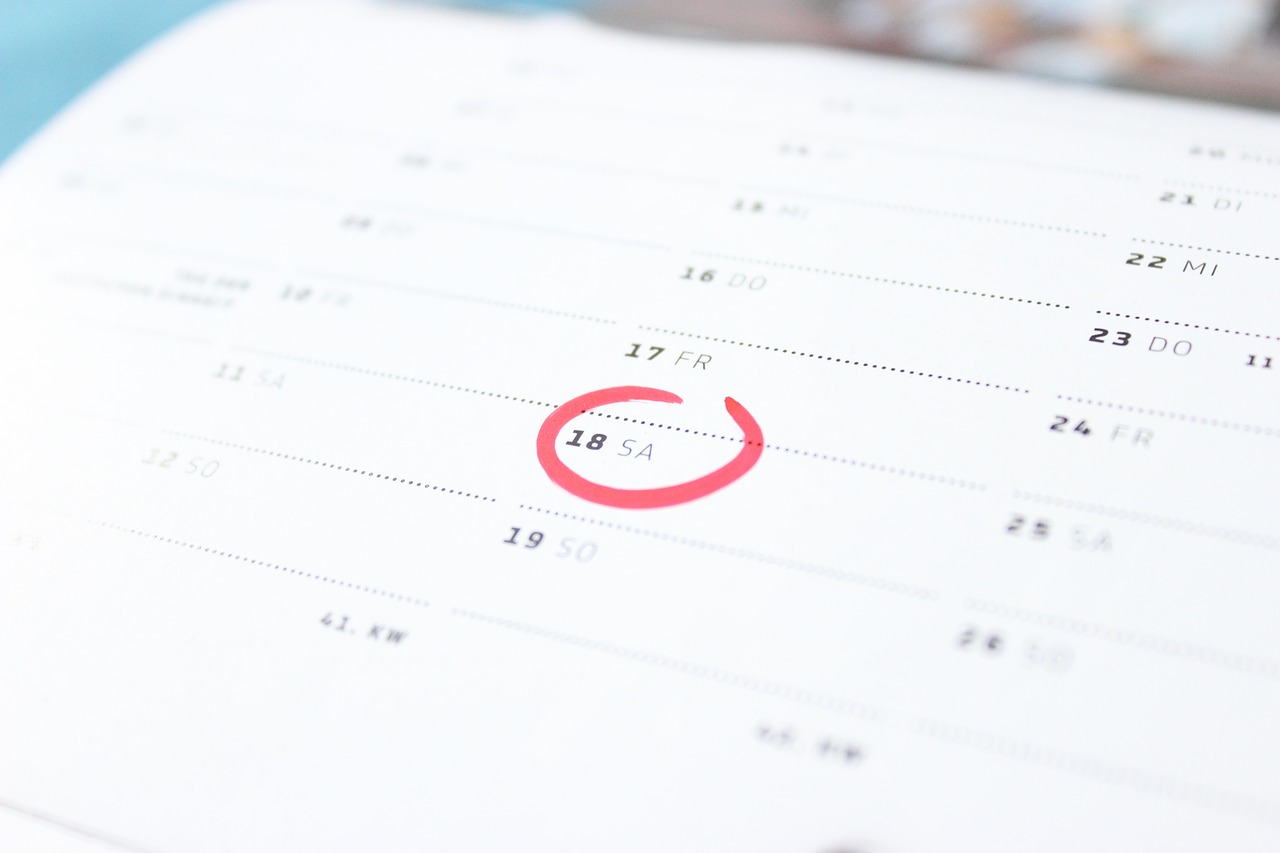
Ever wondered why some holidays seem to wander through the seasons, while others stay faithfully anchored to specific dates? The answer lies in the two main systems of timekeeping humans have devised: lunar and solar calendars. Each follows a distinct celestial rhythm, shaping not just how we track time, but also our cultural practices and understanding of the world.
Luna's Symphony: The Dance of Moon Phases
Imagine a calendar based on the moon's ever-changing face. That's the essence of a lunar calendar. Each month aligns with a complete lunar cycle, from new moon to full moon and back again. This results in months of approximately 29.5 days, and a year of around 354 days – significantly shorter than the solar year.
Lunar calendars have a special connection to nature's cyclical rhythms, particularly tidal patterns and agricultural practices in regions heavily reliant on rainfall. But their main strength lies in their spiritual and cultural significance. Religions like Islam and Hinduism rely on lunar calendars to determine the dates of holy festivals like Ramadan and Diwali, where moon phases often hold symbolic meaning.
However, the lunar calendar's charm comes with a caveat: its unpredictability. As it doesn't align with the solar year, lunar months drift through the seasons over time. This can be problematic for activities heavily dependent on seasonal patterns, like agriculture in temperate regions.
Sol's March: Following the Sun's Steady Beat
In contrast, solar calendars base their year on the Earth's revolution around the sun, resulting in approximately 365 days. The months are further divided into weeks, reflecting the moon's four major phases. This system offers remarkable consistency, with dates aligning with predictable seasonal changes.
The Gregorian calendar, the predominant calendar in use today, is a solar calendar. Its precision makes it ideal for planning activities tied to seasons, like planting and harvesting crops, organizing civil calendars, and conducting international trade. Its predictable nature also fosters a sense of order and stability in our daily lives.
However, solar calendars can disconnect us from the moon's mesmerizing cycles and the cultural traditions associated with them. Additionally, their rigid structure might not resonate with communities deeply connected to lunar rhythms.
A Tapestry of Time: Beyond Binary Choices
The lunar and solar calendars are not competing systems, but complementary lenses through which we experience time. While they serve different purposes, both hold cultural and practical significance. Some cultures, like the Chinese and Vietnamese, even employ lunisolar calendars – ingenious hybrids that reconcile the lunar and solar cycles.
Ultimately, the choice between lunar and solar calendars is not an either/or proposition. Recognizing their individual strengths and limitations allows us to appreciate the richness and complexity of timekeeping, and how it intersects with our relationship to nature, spirituality, and culture. So, the next time you glance at the calendar, take a moment to appreciate the celestial dance behind those dates, be it the moon's graceful pirouette or the sun's steady march.
Your email address will not be published. Required fields are marked *





